-
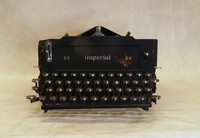
A British Imperial 55 model typewriter key set featuring the Greek alphabet. This set of keys can be swapped in and out of a typewriter frame, allowing the user to change languages.
This typewriter is believed to have been used by Miss Marion Steven, who began lecturing in the Department in 1944, when the University was known as Canterbury University College. Before computers were widely available, typewriters were used for daily administration work and typing up exercises for students.
-
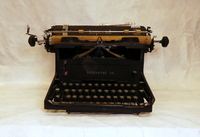
A British Imperial 58 model typewriter from the Department of Classics at the University of Canterbury. This typewriter is believed to have been used by Miss Marion Steven, who began lecturing in the Department in 1944, when the University was known as Canterbury University College. Before computers were widely available, typewriters were used for daily administration work and typing up exercises for students.
-
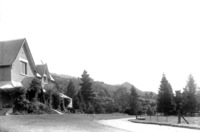
-
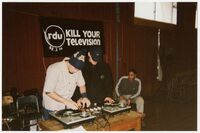
-
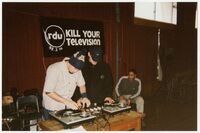
-
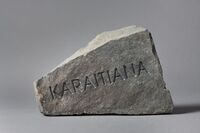
'First, they chose a name' explores the use of Karaitiana as a forgotten or defunct name for Ōtautahi Christchurch. After encountering this name on Wikipedia - described as meaning 'Christchurch' or 'Christianity' - and struggling to trace its origins, I used this as a starting point to consider the slippery, political nature of naming and its relationship to collective and personal identity.
The work includes an audio recording of the artist reading out loud and a piece of Halswell Quarry stone (click on the audio link. 20 seconds of silence followed by audio, 3min 29sec duration).
The stone from this quarry was used in the construction of many significant early buildings in Ōtautahi. Playing between the lightness of breath and the heaviness of stone, First, they chose a name highlights a series of displacements between written and spoken language, between name and identity.
-
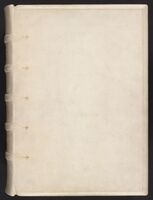
-
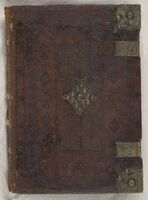
-
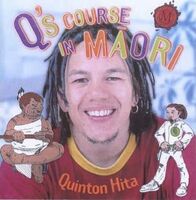
Quinton Hita's work on TV, radio and film has seen him on both sides of the camera. After winning fans on Mai Time and Shortland Street, he went behind the scenes on Shortland, and these days is better known in the industry as a prolific producer with company Kura Productions.
Hita's prowess in Te Reo played a part early in his career, when he balanced work teaching Māori with a gig writing Māori news for Palmerston North bilingual station Kia Ora FM.
In 1996 Hita was in at the launch of influential Māori youth show Mai Time. The show began with a team of five presenters, and Hita stayed on board for two years. He was also writing and presenting show Ka Hao te Rangatahi for Māori radio broadcaster Ruia Mai.
After leaving Mai Time, a publisher approached Hita with the idea of him writing a basic guide to Māori language. When "Q’s Course in Māori" was released in time for Māori Language Week in 2001, NZ Herald writer Maggie Thomson called Hita "the kind of tour de force who is just the figurehead Te Reo needs among young people". The book was updated in 2004, this time with an accompanying CD instead of a cassette tape.
The years between the book's first and second edition saw Hita balancing multiple broadcasting gigs, and adding acting into the mix. He joined the on-air team at Auckland's Mai FM, made radio shows for Ruia Mai and started a six year term as youth rep on the Māori Language Commission. After joining long-running Māori children’s series Pukana as presenter, he also worked on the show as writer, director and Te Reo Māori consultant.
-
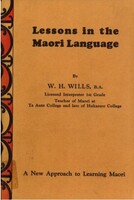
Wills was a teacher at the Māori Anglican boarding school, Te Aute College in Hawkes Bay. In his preface he notes that he has written this book for the growing number of students (in 1950) who have little or no knowledge of te reo Māori. He ends "To the young Māori boys and girls, who have my heart and confidence, I would like to say this: I have written this book for you, to enable you to preserve the treasure of your forefathers, and hope by doing so, you will feel it a joyb, as well as a matter of pride to be a Māori."
-
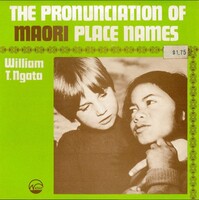
-
-
FD1616.0018.0099A
-
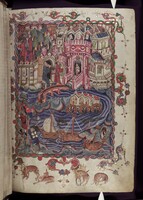
-
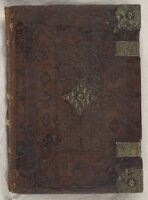
-
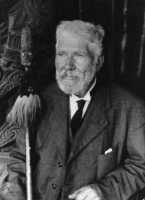
Although Māori (such as Tuai of Ngare Raumati) assisted missionaries to produce and translate early texts into te reo, this book was the first Māori language learning resource written entirely by a Māori author. Hare Hongi Stowell (aka Henry Matthew Stowell), was a Ngāpuhi interpreter and genealogist, who for many years wrote in newspapers and gave public lectures about the Māori language and traditions. He had spent a year in his youth learning with tohunga Ngā Kuku Mumu near Ahipara, and maintained a life-long interest in traditional Māori knowledge, especially mythology, genealogy and cosmology.
He is credited with probably being the first Māori speaker to have a regular programme on radio in Aotearoa. In 1929 and 1930 he presented a weekly "lecturette" on Māori place-names and correct pronunciation of te reo Māori.
The Macmillan Brown Library copy of his textbook, "Māori-English tutor and vade-mecum" is inscribed by the author. An online copy is available to browse online. ( 'Vade-mecum' is Latin for 'handbook' or 'manual'.)
His biography describes him as "one of many nineteenth-century New Zealanders who were genuinely bicultural and who moved easily between and within Māori and Pākehā communities." [P. J. Gibbons. 'Stowell, Henry Matthew', Dictionary of New Zealand Biography. Te Ara - the Encyclopedia of New Zealand, https://teara.govt.nz/en/biographies/3s38/stowell-henry-matthew
-
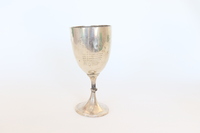
A silver trophy cup belonging to the Canterbury College Boxing Club, who awarded it to victorious members between 1921 and 1927. The names of each of the winners is engraved on the cup, and adjacent to the inscription are the silver marks.
-
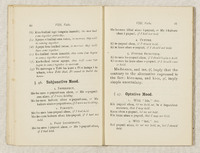
W. Leonard Williams was born at Paihia in 1829, the third son of missionary William Williams. After graduating from Oxford University he returned to New Zealand in 1853 and joined his father serving with the Church Missionary Society at Turanga, near Manutuke (on the East Coast of the North Island .) The CMS had commissioned him to train Māori students to become ministers in the Anglican church, and schools were established .
Like his father, Leonard Williams was a linguist and student of te reo Māori. He produced this book in 1862, This remained a standard text for anyone wanting to learn te reo Māori for many decades, right through to the early 20th century and it remained in print for over 100 years. The edition shown here was published in 1896.
-

A Māori language course for beginners, prepared by Professor Bruce Biggs, University of Auckland for the New Zealand Broadcasting Corporation.
Professor Biggs (Ngāti Maniapoto) was New Zealand's first university lecturer in te reo Māori, being appointed to the position in the Anthropology Department of Auckland University College in 1951.
This series was broadcast on the N.Z.B.C.'s National Programme (now RNZ National) in 1972.
The recording consists of conversations from a series of 26 lessons
The leaflet consists of full transcripts of the conversations in te reo Māori, with English translations.

















